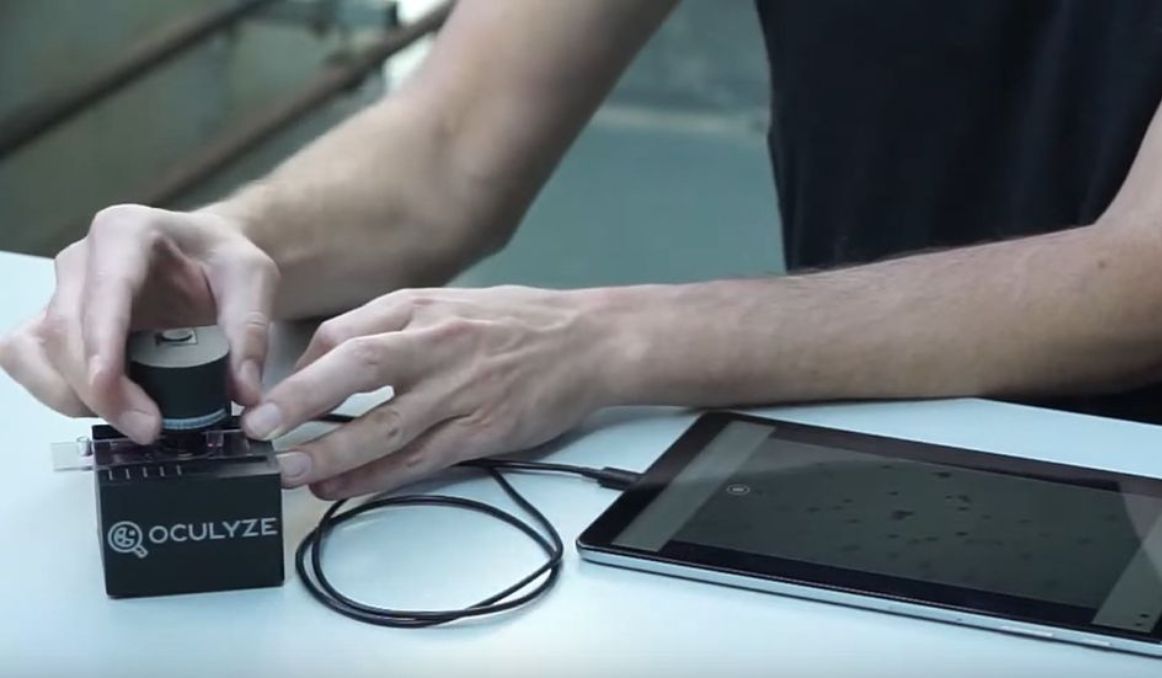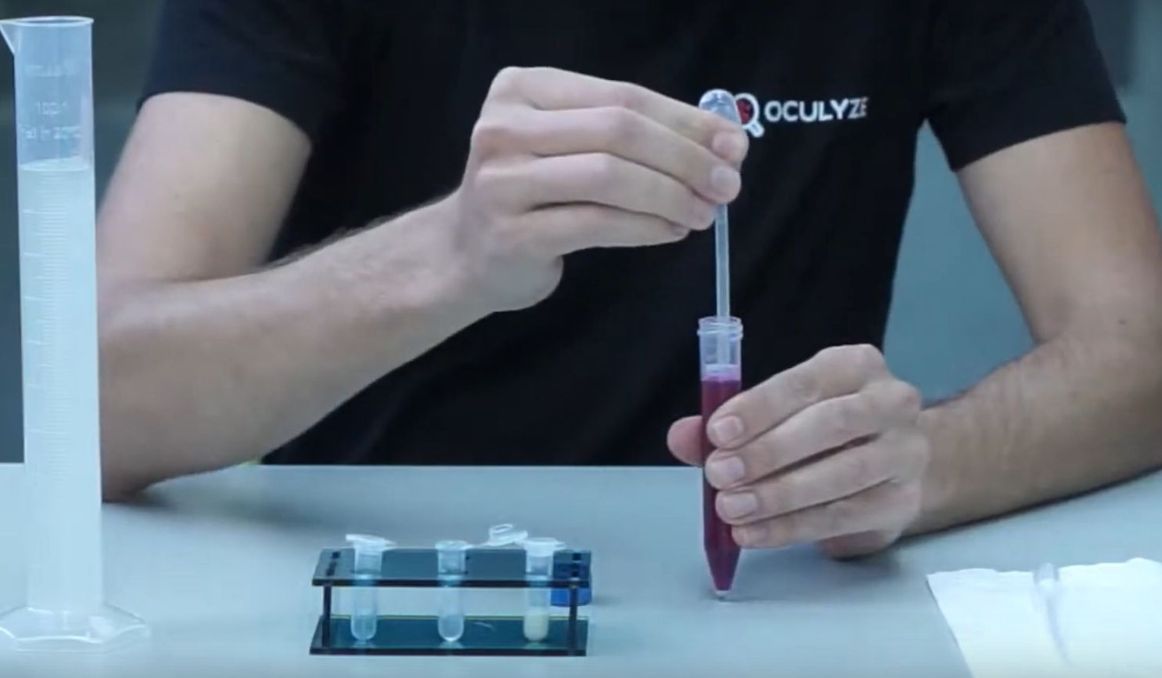How to Test if Yeast Is Still Viable
For brewers around the world, a huge issue is yeast viability. If your yeast is not viable, or even has too low viability, your beloved batch of brew will not turn out as you hope, and it may not even turn out at all. But the question is how to test if yeast is still viable.
How can you tell, after all?
Yeast Viability
Yeast is the single essential ingredient in beer, so it makes sense that you would need it to be at the top of its game.
After all, everything else you are working with is no longer living.

You can work with pretty much any grain. Brewers today brew with wheat and barley, oats, quinoa, rice, and even millet, to name a few.
As long as you can malt it to convert the starches to sugars, it can be fermented to make beer.
The same goes for hops. Sure, we love the hoppy flavors in beer, but you can use myriad herbs to cut sweetness and add bitterness to the beer. In fact, for millennia before hops came along, brewers did indeed draw on various herbs and combine them to form “gruit.”
And since the ingredients in beer are a grain, hops, water, and yeast, it really comes down to the yeast.
While you can choose from hundreds of strains of the primary yeast used for beer, Saccharomyces cerevisiae, it has to be viable yeast.
What does viable even mean?
It means alive.
Viability refers to whether or not your yeast is even alive to ferment. No viability, no fermentation, no beer.
Now, there are also levels of viability, which is what brewers are often most concerned with.
The percentage of yeast viability you get typically relates to how your fermentation process will go.
Low viability means you may have stuck or stagnant fermentation that requires you to pitch fresh yeast or take other measures to agitate your brew and kickstart your yeast into fermenting once more.
Brewers like to see a viability of 85% or more for proper fermentation.
And some brewers will not work with a yeast viability below 95%.
Still others will work with yeast viability as low as 70%.
So yeast viability will have a lot to do with the strain, the brewer, and the expectation.
What do we mean when we talk percentages of vitality?
We are talking about how many of the yeast cells in the culture you have are alive and well and ready to ferment.
If you get a yeast viability of 95%, that means that 95% of the yeast cells in your current culture are alive and well.
You can work with a lower viability, but you will want to closely track the progress of that yeast strain, taking regular measurements and watching for stagnation, meaning fermentation stops or slows way down before it has fully fermented.
If you have sluggish yeast and you find your cannot finish fermenting with what you have, you will need to pitch fresh, more viable yeast, into the wort to complete fermentation.
Because tracking yeast strains and how they perform is so critical to consistency, having to pitch fresh yeast into your wort during fermentation means you cannot count this batch as part of your tracking and measurement process because your numbers will be off.
Unless of course you plan to start with this low viability yeast and then pitch fresh yeast every time. Hey, if the batch turns out to be spectacular, maybe that is the direction you will want to take.
But to avoid all of this drama in the first place, you will at the very least want to know if your yeast is viable, and just how viable it is.
How to Test Yeast Viability

Testing, let’s say, “overall” yeast viability is quite easy.
All you want to know is if the yeast is alive, so you can simply put it to the ultimate test for yeast.
Remember, yeast have a single function that keeps them alive, well, and reproducing – find sugar, consume it, and convert it to alcohol and carbon dioxide.
So if you have a batch of yeast you want to test, simply feed it sugar and see if it responds.
To do this, you will add 2 ¼ teaspoons of yeast to ¼ cup of warm water and 1 teaspoon of sugar. Then wait 10 minutes.
Within that time, you should see active bubbling and frothing begin, which tells you that your yeast is still viable enough to ferment. You can then pitch this yeast directly into your starter wort with however much extra you will be using for this next batch of beer.
If you want to test how viable your yeast is, meaning you want to count the live and active yeast cells in your culture, this gets a bit trickier.
Yeast viability measurement requires a counting chamber, Pasteur pippettes, blue or purple methylene dye, and a microscope. You can also automate your viability assessments, which makes it far easier and often more accurate.
Also read: The Principle of Manual Cell Counting: Thoma vs Neubauer Improved
Either way, you’ll have to stain your yeast (with methylene blue or methylene violet, although the latter is preferred because it shows up better under the microscope) and count your cells under a microscope.
The percentage of yeast cells that do not show up as dyed is the percentage of viability you have in your batch; this is because live and active yeast cells can absorb and transmute the dye, releasing it entirely of its color.
The dead cells are the only ones that will show up dyed.
And then you will know just how viable your yeast cells are and can make your brewing decision from there.
Cheers!
If you’re interested in finding out how you can use our technology to automate your viability assessments, control fermentation and monitor your yeast, save work hours and improve the cost-efficiency of your business, drop us a line at [email protected] or check out our product pages:
- Oculyze BB 2.0 (Better Brewing) Yeast Cell Counter App + Hardware
- Oculyze FW (Fermentation Wine) Yeast Cell Counter App + Hardware
Also, you can now get access to a fully functional demo account to test your yeast via our Web App. Completely free of charge and with no commitment to purchase.


